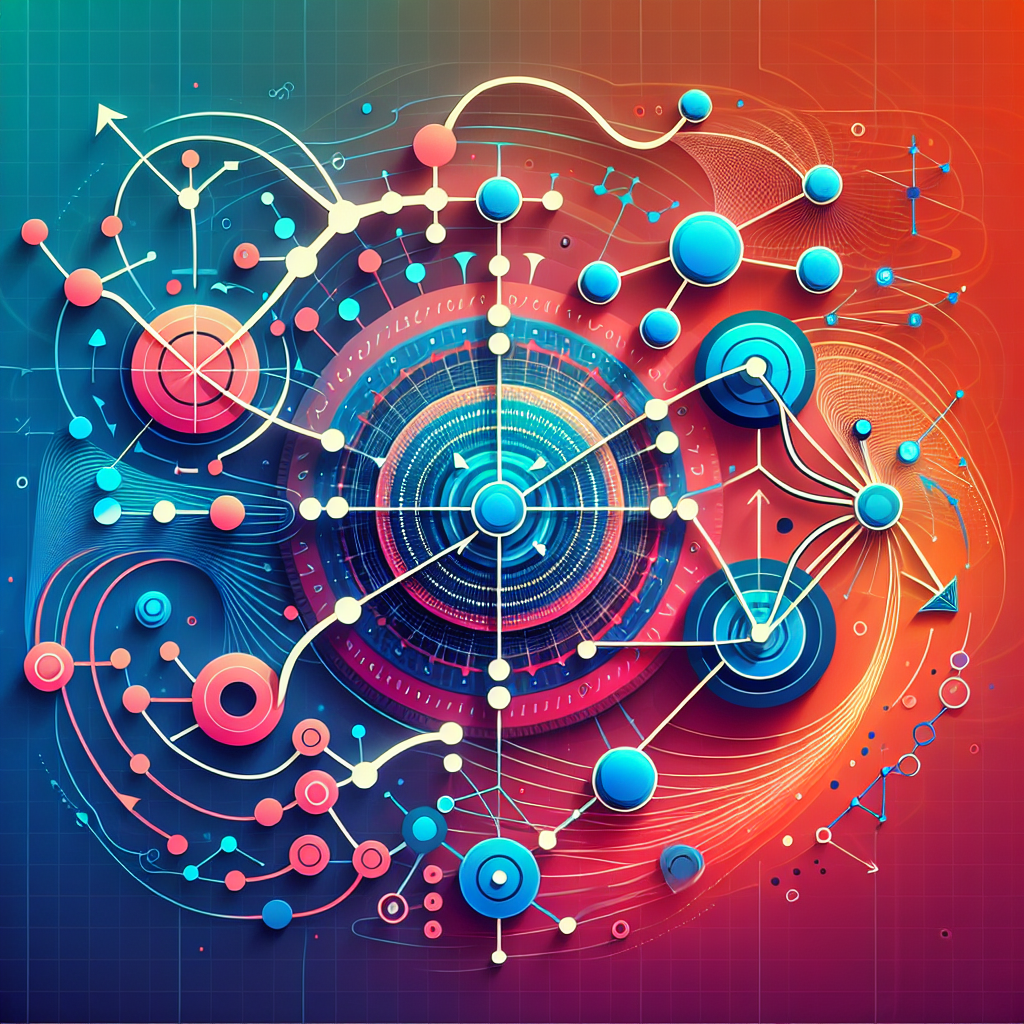Your cart is currently empty!
A Beginner’s Guide to Recurrent Neural Networks (RNN)

Recurrent Neural Networks (RNN) are a type of artificial neural network that is designed to handle sequential data. They are particularly useful for tasks such as language modeling, speech recognition, and time series prediction. In this article, we will provide a beginner’s guide to understanding RNNs and how they work.
Basic Structure of RNN:
At its core, an RNN is composed of a series of interconnected nodes or neurons that are arranged in a sequential manner. Each node in the network is responsible for processing a specific input and passing on information to the next node in the sequence. This allows RNNs to effectively capture temporal dependencies in the data.
The key feature of RNNs is their ability to maintain a memory of previous inputs through a hidden state. This hidden state is updated at each time step based on the current input and the previous hidden state. This recurrent structure allows the network to learn patterns and relationships in the sequential data.
Training RNNs:
Training an RNN involves feeding it with a sequence of input data and corresponding output data, known as a training set. The network then learns to predict the output based on the input data and adjusts its parameters through a process known as backpropagation. This allows the RNN to improve its predictions over time.
Challenges of RNNs:
One of the main challenges of RNNs is the vanishing gradient problem, where the gradients become too small during training, making it difficult for the network to learn long-term dependencies. To address this issue, researchers have developed variations of RNNs such as Long Short-Term Memory (LSTM) and Gated Recurrent Unit (GRU) that are better suited for capturing long-term dependencies.
Applications of RNNs:
RNNs have a wide range of applications in various fields including natural language processing, speech recognition, and time series prediction. They have been used to generate text, translate languages, and even compose music. RNNs have also been employed in the field of healthcare for tasks such as predicting patient outcomes and diagnosing diseases.
In conclusion, Recurrent Neural Networks are a powerful tool for analyzing and modeling sequential data. By understanding the basic principles of RNNs and their applications, beginners can begin to explore the potential of these networks in solving complex problems in various domains. With further research and experimentation, RNNs can be leveraged to create innovative solutions that push the boundaries of artificial intelligence.
#Beginners #Guide #Recurrent #Neural #Networks #RNN,rnn

Leave a Reply